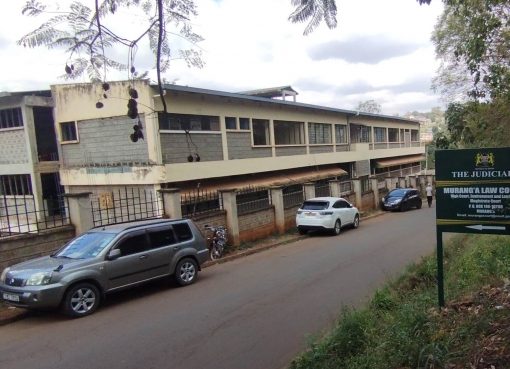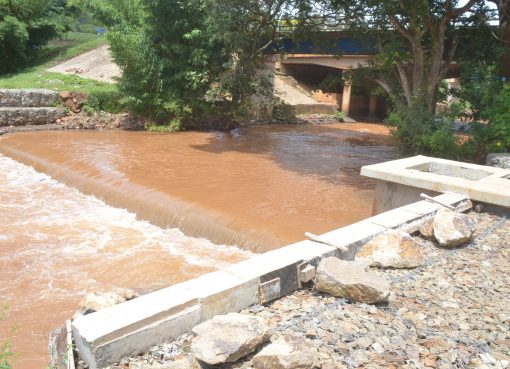The second Desert Locust invasion has hit the country and the pest has been cited in the lower Coastal Area.
Agriculture and food Crops Principal Secretary Prof. Hamadi Boga said the locusts came on the 9th of November this year from Somalia and Ethiopia.
“We were monitoring our colleagues in Yemen, Ethiopia, Sudan, Somalia and Djibouti wrestling with the Desert Locust but on the 9th November, we started getting some of the swarms being pushed by the winds into Kenya. We realized that Central Somalia was heavily infested and due to security, there nobody was monitoring that part,” Boga explained.
The PS who was speaking on the sidelines during the launch of automation of seed certification noted that the desert locusts had been spotted in Lamu, Tana River, Garissa, Taita Taveta and also Kilifi.
The PS said the government has now set a base in Witu in Lamu, in Garissa and might put up another one in Taita Taveta as well as train extension officers and other frontline workers in those areas since they had not been trained on how to deal with the pest.
“Currently we have surveillance teams going round there and based on the lessons we had last time, we will be able to manage the second invasion “, he assured.
He acknowledged that this time round the locusts have come earlier than the first wave which was on December 28th, and also this time they are mature and breeding.
“It is easier for us when they breed because one can control them when they are on the ground and we will be ready for them,” the PS said adding that this will be done in the next six weeks so the pest could be managed before they start flying.
Prof. Boga said currently they have pictures of the young adults about to fly “and indications shows that they may start arriving this week and looking at the speed of the winds, the worst part is that in Central Somalia where Al – Shabbab are in control as it is hard to figure out the magnitude there.’’
“Whatever comes our way, we will work to make sure we scale up our response depending on the situation using the Chemical aerial and ground spray currently being used,” Boga added.
FAO which has been in the forefront in assisting the country in fighting the Desert locust had warned of the second wave invasion of locusts which if not addressed would be a threat to food security and livelihoods.
By Wangari Ndirangu




